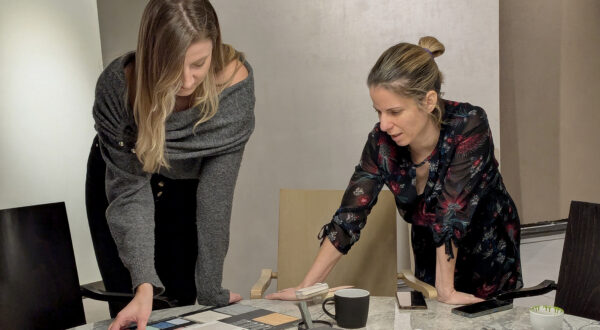Today we will talk about a cute little place on the coast of the Adriatic sea in the Kotor Bay. Being one of the favorites among European tourists in recent years, Risan has moved to the top destinations to visit in Montenegro.
Historical Significance of Risan
This fact should not be such a surprise given the long history of the place. The earliest mention of Risan (or Rhizon, to be linguistically precise) dates back to the 4th century BCE while the most prosperous time for Roman Rhizinium came during the 1st and 2nd centuries when huge villas were made in the area and the city had 10,000 inhabitants. Some pieces of art are still preserved from that period of time.
Later on, the history of Risan changed its course together with different governances, moving from the clutches of the great Osman leaders to the hands of the Venetian monarchy. Along with its rulers, Risan often changed names. Today, Risan is a part of the Municipality of Kotor as a small port with roughly 2000 inhabitants. Yet, one thing never changed – the breathtaking beauty of its surroundings.

Most of Risan`s buildings and houses were built in accordance with the climate and terrain of the region. That said, the most commonly used material is raw stone, undoubtedly one of the main characteristics of Mediterranean architecture. Therefore, the cobblestone architecture has become the first association to that region.
Salt & Water’s Contribution to Risan’s Development
With all that in mind, the Agency for Construction and Development of that municipality started an architectural competition for developing the project of a luxury tourist resort in Risan. Among the great number of entries, Salt & Water`s design solution has been chosen in the top 3 projects. This way, our studio gained the 3rd prize in the international competition and got a chance to show the public our vision of a contemporary luxurious estate that successfully preserves the ancestry of this old place.

Designing the Responsible Luxury Resort in Risan
The concept for this luxury resort relies on the urban matrix of Montenegrin coastal towns. The estate is placed in between old buildings, so the idea was to preserve the traditional elements of the architectural surroundings while mixing them with modern elements. This way, the resort should represent a contemporary answer to the traditional cobblestone motif.
The resort consists of several luxury villas grouped into three units separated by a small driving road and a cobblestone pathway, or what we call the focal element of this project. Running through the estate, this rocky little path connects all the villas and then spills over the buildings built in stone merging them into a unique whole.

The path seamlessly leads guests through space, revealing new exciting elements and cute little squares, places for rest, leisure and recreation, giving them an interesting perspective.
The central building, located at the entrance to the complex tourist village, speaks the same architectural language. It has a reception with a souvenir shop, restaurant, and café with an open swimming pool.

Philosophy Behind the Materials and Design
The further intention of our design was best described by the contest jury:
The materials were chosen with a desire to blend the characteristic environment with the architectural heritage typical for the Bay. It was also the team`s intention to include up-to-date architectural language in the project. The prevailing materials are stone and wood while the walls are made of white plaster, with no need for molding.
The materials are arranged in a way that connects traditional Mediterranean architecture with the dominant style in contemporary resorts. The combination of modern and traditional architectural expression creates a strong contrast and adds an interesting dynamic to the design.
If you think a place like this represents a perfect spot for a delightful summer vacation, please read our previous post about this project, while more photos can be found in our portfolio.







